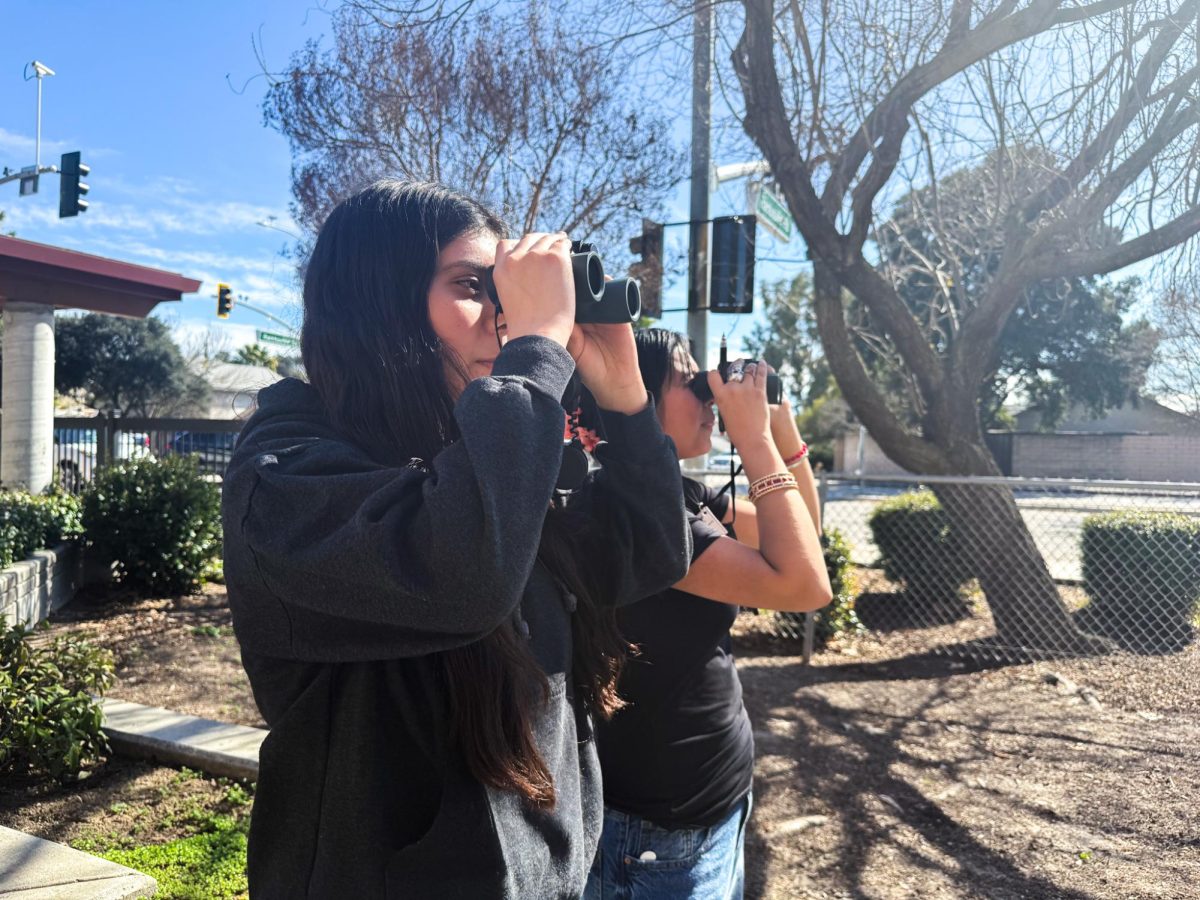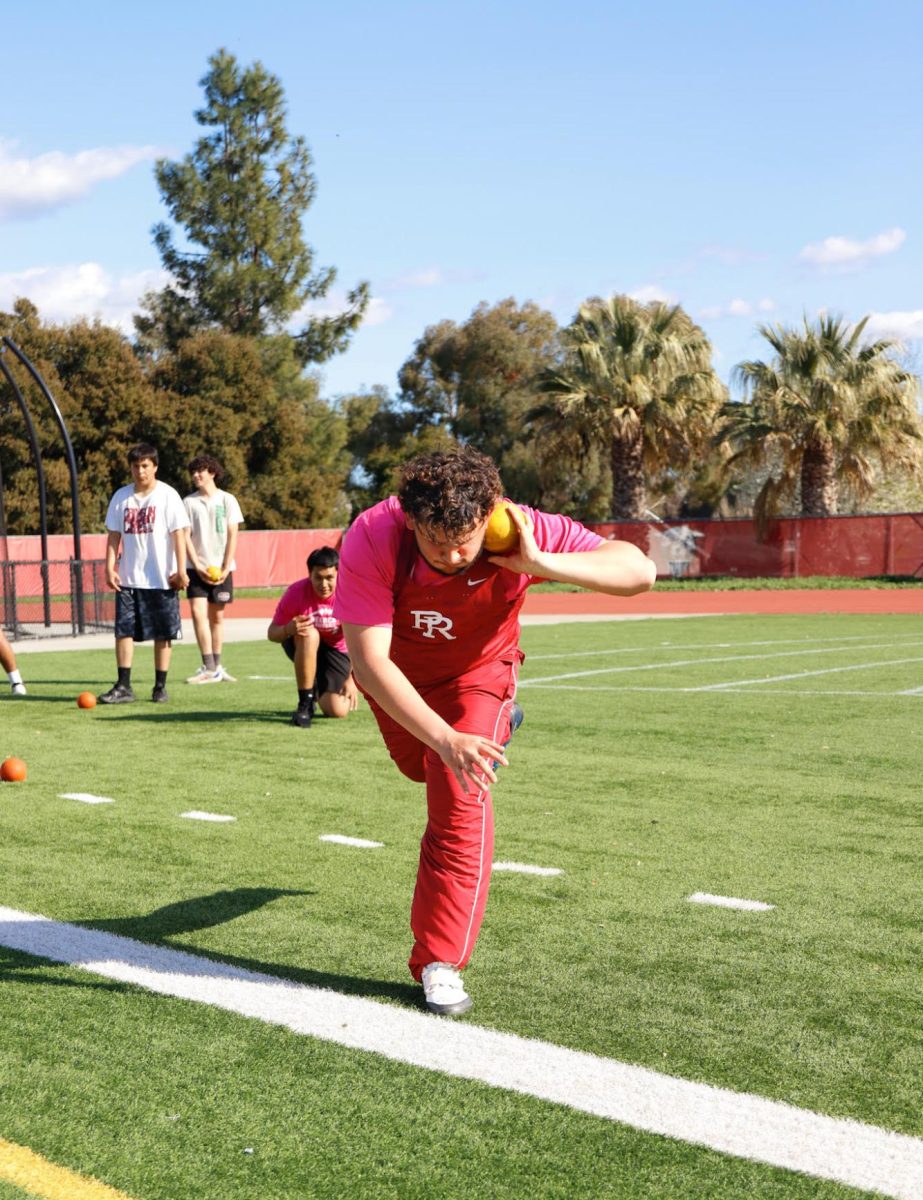Looking at The Ice Bucket Challenge and the disease that created it
Ever since the middle of July, it’s been nearly impossible to avoid it; whether through a video or a picture or just a status update, odds are that if you’ve visited social media much over the past two months you’ve heard of the ALS Ice Bucket Ice Challenge. As is often the case with social media phenomenons, though, many people don’t seem to know what’s going on with the challenge that took the Internet by storm.
ALS, which stands for amyotrophic lateral sclerosis and is more commonly known as Lou Gehrig’s disease, is a condition that targets nerve cells in the brain and spinal cord; this leaves those afflicted with less and less muscle control until they become paralyzed. The disease is often fatal, as it usually leads to death within 2-5 years of diagnosis (per alsa.org).
First discovered in 1869 by a French neurologist, ALS largely went unnoticed until 1939, when Hall of Fame New York Yankees baseball star Lou Gehrig was diagnosed with the disease. The diagnosis ended Gehrig’s career, and, two years later, his life, at the age of 38.
Though this brought immediate publicity and attention to the disease, ALS went back under the radar. The sudden popularity of the Ice Bucket Challenge has returned it to the spotlight; in a month’s span from July 19 to August 18, the ALS Association received $15.6 million in donations, compared to $1.5 million over the same span last year, according to alsa.org. Clearly, public awareness is at an all-time high, which is amazing given the challenge’s roots.
As reported by Time Magazine, golfer Chris Kennedy was nominated by one of his friends to do an “Ice Bucket Challenge”, in which one dunks a bucket of ice on themselves within 24 hours or donate $100 dollars to any charity, though completing the event still implied a $10 donation. Kennedy designated his charity as the ALS Association, and as his July 15 video went viral, so too did the cause behind it.
“I was shocked when I checked my Facebook and saw the hashtag and all of the videos because it’s an everyday habit telling people what ALS is,” said Erica, an anonymous Paso Robles citizen affected by ALS.
Erica’s daily life shows why the attention is deserved; she wakes up at seven and immediately takes her meds, which take two hours to take effect. Once the effect kicks in, she gets up at nine, takes more medicine and is finally able to eat, though her diet is mostly soft foods that are easy to chew. She’s then taken to physical therapy, where she has her joints stretched out to prevent them from tightening up as she sleeps. The best part of her day comes after lunch: her trip to the salon.
“My hair is very valuable. It keeps me going and looking young,” said Erica, who has had ALS for 7 years.
To keep from being bored, Erica watches Ellen all day, and estimates that she calls her husband 10 times a day. Understandably, then, the Ice Bucket Challenge offers an exciting event to follow, and a sign of progress and hope.
“Every time I look on the ALS website the donations grow more and more, and it’s great to see kids participation in charities. It feels good to have the spotlight and for people to know what’s going on,” Erica said.






